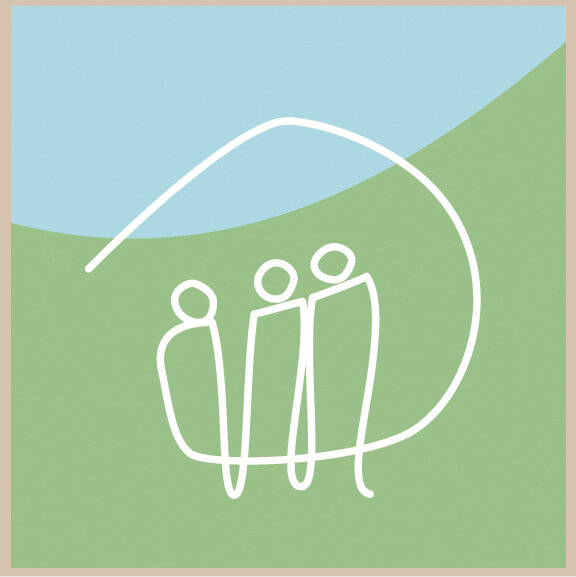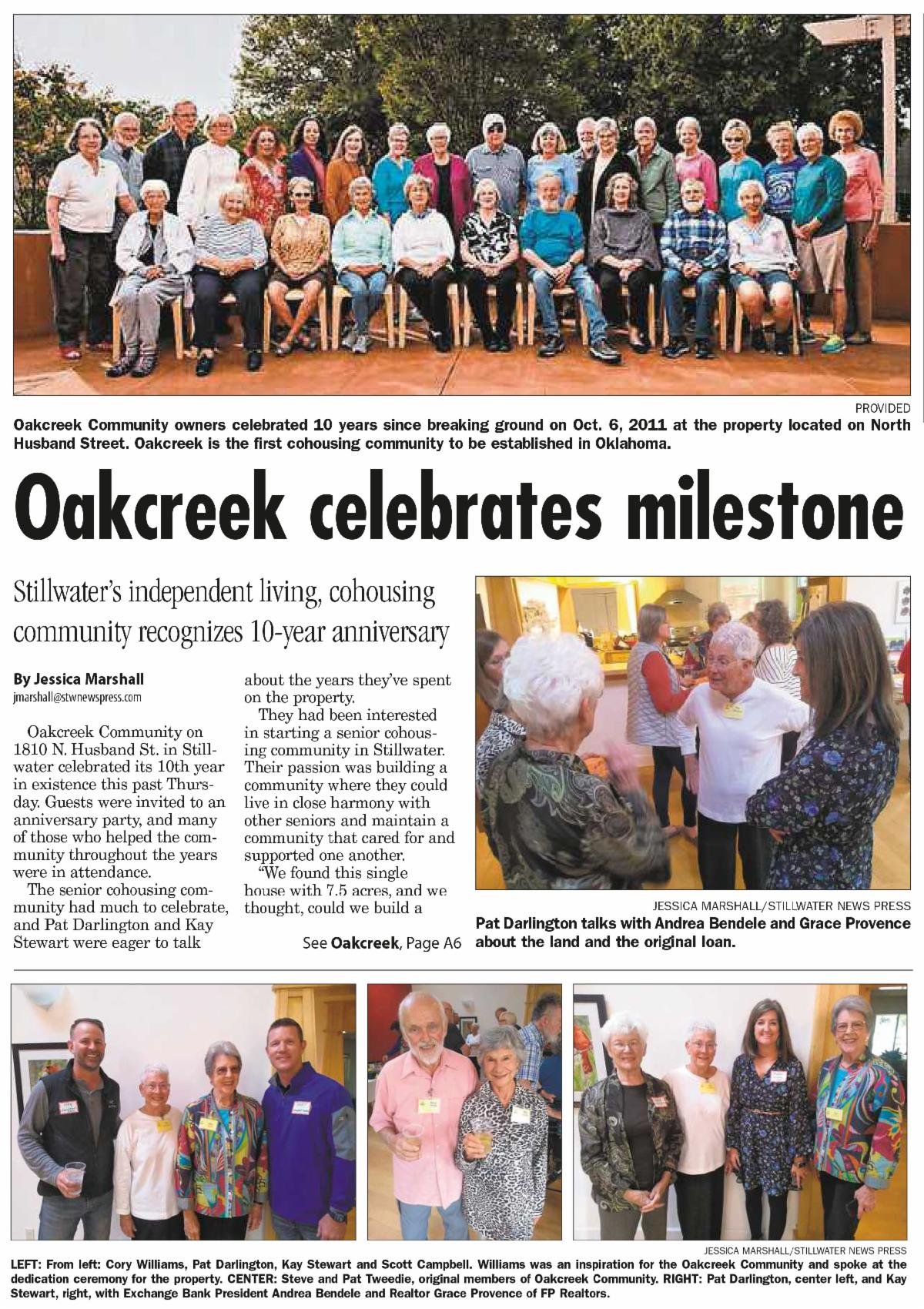Lessons Learned from Solheimar EcoVillage
Cohousing has got so much going for it...
However, on the outside it might look like it has one shortcoming – that is dealing with neurological diversity. For the most part, cohousing appears to be chock-full of the ultra-responsible’s in society, people who want to get the most value out of life, I sometimes feel guilty because I feel as if, with a few exceptions, we took the coolest people in the county and put them in one neighborhood. The people who know how or want to learn how to cooperate, share, give, take, grow, and live lighter on the earth, all the while being happier. I feel like we made a cool people hub.
So, when someone comes around who was picked on throughout their youth because of a glitch, not the most well-adjusted, for one reason or another, they can sometimes feel invisible, prejudiced against, and on occasion express aberrate behavior.
But what encourages me the most about cohousing, and Solheimar Ecovillage specifically, is their deliberate attempts to address neurological diversity, physical disability, classism, racism, sustainability and more.
The neighborhood level is just one place to address these issues, but it works well, especially in influencing children about tolerance, empathy, and developing healthy social connections with others.
Something just happens in cohousing....
People have one opportunity after another to learn something or more likely a whole bunch of things that they would have learned earlier if they had extraordinary parents or grew up in a supportive village. They become a little happier, and they prosper.
Over and over again, folks who had rough lives because of their neurodivergence and look at their shoes when they first move in, then just a few months later look you in the eye, smile, converse, tell stories, make dinner for everyone and all the rest.
The project above, Soleheimar Ecovillage, which currently has an approximate population of 100 people, many of whom deal with learning difficulties.
Now powered with thermal and solar energy, the village is fully sustainable, boasting a greenhouses, an arboretum, egg-laying facilities and forestry programmes.
Here’s to putting the pieces together, and here’s to making a more viable society.











